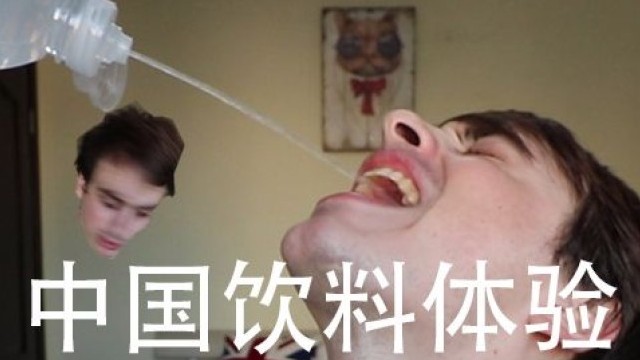复活节风俗大揭秘(双语组图)
作者:sunny=曦 译
2010-04-03 13:44
The Easter Egg
复活蛋
As with the Easter Bunny and the holiday itself, the Easter Egg predates the Christian holiday of Easter. The exchange of eggs in the springtime is a custom that was centuries old when Easter was first celebrated by Christians.
与复活兔和复活节一样,复活蛋预示着圣诞节的即将到来。当基督教徒庆祝第一个复活节后,人们开始春天互相交换复活蛋,而这已成为了人们好几百年的习俗。
From the earliest times, the egg was a symbol of rebirth in most cultures. Eggs were often wrapped in gold leaf or, if you were a peasant, colored brightly by boiling them with the leaves or petals of certain flowers.
在早期,复活蛋许多文明中象征着"再生"。人们常常用金色的叶子包裹复活蛋,或是农民的做法:将复活蛋画得色彩斑斓,并把它和叶子或是真花瓣一起煮沸。
Today, children hunt colored eggs and place them in Easter baskets along with the modern version of real Easter eggs -- those made of plastic or chocolate candy.
在今天,孩子们到处搜刮复活蛋,并将这些蛋放到复活节篮子中。为什么呢?他们只是为了复活蛋的现代意义:复活蛋是由软糖或巧克力做的。
- 相关热点:
- 夏洛的网











